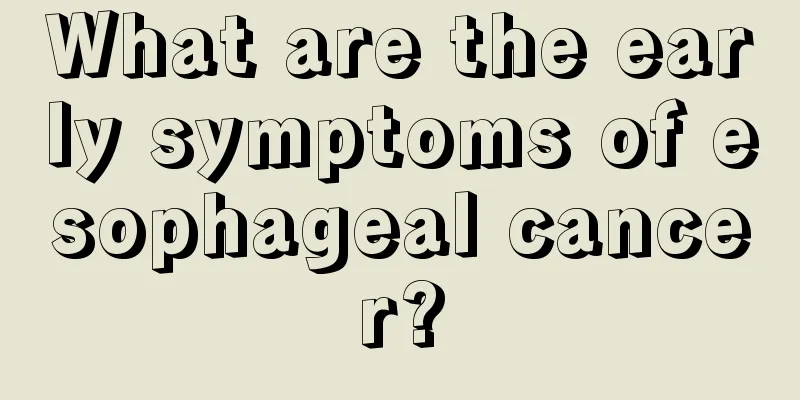The difference between glufosinate and paraquat

|
Glufosinate and paraquat are actually both chemical products used in agriculture. Glufosinate and paraquat are both commonly used herbicides. The speed of their effects is different, and the speed of paraquat's effect is greater than that of glufosinate. The difference between glufosinate and paraquat is that their medicinal properties are different. Both are good for weed control, but if accidentally ingested by the human body, they will pose a direct threat to life. Glufosinate belongs to the phosphonic acid herbicide, is a glutamine synthesis inhibitor, and is a non-selective contact herbicide. It controls monocotyledonous and dicotyledonous weeds at 1-2 kg/ha (glufosinate ammonium). It is transferred within the leaves but cannot be transferred to other places. After glutamine synthesis is inhibited, ammonium ions accumulate and the photosynthetic layer is destroyed. It is a broad-spectrum contact herbicide with weak systemic effect. Unlike glyphosate which kills the roots, glufosinate kills the leaves first and can be conducted in the xylem of the plant through plant transpiration. Its rapidity of action is between paraquat and glyphosate. herbicide Glufosinate belongs to the phosphonic acid herbicide, is a glutamine synthesis inhibitor, and is a non-selective contact herbicide. It controls monocotyledonous and dicotyledonous weeds at 1-2 kg/ha (glufosinate ammonium). It is transferred within the leaves but cannot be transferred to other places. After glutamine synthesis is inhibited, ammonium ions accumulate and the photosynthetic layer is destroyed. Glufosinate is a systemic broad-spectrum herbicide known for its strong systemic conductivity. It can not only be transmitted to the underground parts through the stems and leaves, but also be transmitted to different compartments of the same plant. It has a strong destructive power to the underground tissues of perennial deep-rooted weeds. It has a broad spectrum of weed control and is absorbed through the green parts of the plant, killing the weeds with their roots. It has a preventive effect on monocotyledons and dicotyledons, annual and perennial herbs and shrubs. This product can be used in orchards, vineyards, and non-arable land to control annual and perennial dicotyledonous and grass weeds. Applying 5-6L/ha can control Alopecurus strychnifolia, Digitaria sanguinea, Echinochloa crusgalli, Hordeum vulgare, Lolium multiflorum, Setaria viridis, Setaria officinalis, wild wheat, and wild corn. It can also control perennial grass and sedge weeds, such as Duckgrass, Hairgrass, Fescue, Velvet, Ryegrass, Paspalum distachyon, Phragmites australis, and Poa annua. 3-5L/ha can prevent wild oats, brome, bluegrass, hot pepper, pigweed, taro, wild sesame, nightshade, chickweed, forget-me-not, etc.; 7.5-10L/ha can prevent creeping ice grass, creeping bentgrass, cyperus rotundus, carex, bermudagrass, Amaranthus retroflexus, etc. To control broadleaf weeds, the pesticide should be applied at the beginning of vigorous growth, and to control grass weeds, the pesticide should be applied at the beginning of tillering. Use 1.52-20kg/ha to control raspberries and ferns in forests and alpine pastures. Paraquat, whose chemical name is 1-1-dimethyl-4-4-bipyridinium cationic salt, is a fast-acting herbicide with contact killing and certain systemic effects. It can be quickly absorbed by the green tissues of plants, causing them to wither and die. It has no effect on non-green organizations. It quickly combines with the soil and becomes passivated in the soil, and is ineffective on plant roots, perennial underground stems and perennial roots. Paraquat is extremely toxic to humans and there is no specific antidote. The mortality rate from oral poisoning is extremely high. It has been banned or strictly restricted in more than 20 countries. Since July 1, 2014, China has revoked the registration and production license of paraquat aqueous solution and stopped production; however, it retained the registration of aqueous solution for export overseas by raw material manufacturers and allowed production exclusively for export. The domestic sale and use of aqueous solution was stopped on July 1, 2016. |
<<: The fastest way to expel toxic gas from the body
>>: Can moxibustion cure leg pain?
Recommend
Is it because of dampness that I feel more sleepy the more I sleep?
Chinese people have more trust in traditional Chi...
How to lower blood sugar after meal
Now, with the improvement of people's living ...
Symptoms of ovarian cancer that female friends tend to ignore
In real life, some symptoms of ovarian cancer are...
How long can a person with lymphoma usually live
There is no exact time frame for how long a lymph...
How to adjust the initial anti-aging diet?
Every female friend reaches the age of 25. The mo...
What should I do if I don’t have enough physical strength to play basketball?
If you have poor physical strength when playing b...
Ten thousand people are diagnosed with cancer in China every day. Doctors advise that if you want to live longer, please stick to four more and three less when you wake up in the morning
"Doctor, I...I have been feeling stomach dis...
How to detoxify facial hormones
Due to some skin problems, people use various hor...
What is the best way to check for encephalitis?
Regarding a treatment examination for encephaliti...
What are the methods and key points of yoga abdominal breathing?
Everyone knows about yoga, which is a very good a...
The effects and functions of raw chestnuts
In winter, we often see various people selling su...
Why do I wake up laughing while sleeping
Dreams actually don’t mean anything. As the ancie...
What is the effect of red light on the skin
Skin is an appearance that we all pay great atten...
Do mites cause hair loss?
Mites are a type of rapidly reproducing parasite....
Advantages and disadvantages of essential oils for weight loss
In life, many people go to beauty salons to lose ...









